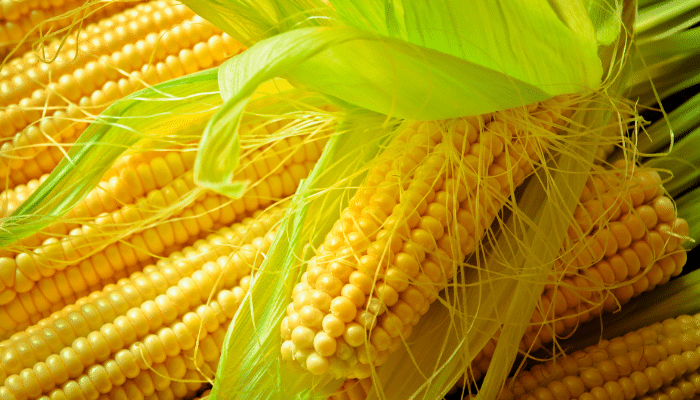

The Phytocontrol Laboratory has developed a new COFRAC-accredited method to determine the content of fosetyl-aluminium and its metabolite, phosphonic acid, with a limit of quantification of 0.01 mg/kg.
Fosetyl-aluminium is a pesticide used as a fungicide to control various diseases on food and feed crops. This compound is rapidly converted to phosphonic acid, which is regularly detected in poorly processed food products. The analysis of Fosetyl-aluminium and phosphonic acid mainly concerns two areas :
- the wine sector and more particularly organic wines,
- the fruit and vegetable sector with matrices such as grapes, cucumber, radishes, salad, etc.
The use of fosetyl is authorised in Europe and in France. Regulation (EU) n°396/2005 and its successive amendments set different maximum residue limits (MRLs) depending on the product.
According to the review published by EFSA, "Peer review of the pesticide risk assessment of the active substance fosetyl EFSA Journal 2018;16(7):5307" and the fact sheet published by BNN, "Phosphonic acid, potassium phosphonate (potassium salt of phosphonic acid), fosetyl-aluminium May 2017", the content of phosphonic acid in products analysed may come from the metabolism of fosetyl-aluminium but also from non-phytopharmaceutical sources such as fertilisers.
The Phytocontrol solution
Phytocontrol, expert in pesticide analysis, adapts to your needs and offers you the analysis of Fosetyl-aluminium and phosphonic acid by LC-MS/MS at quantification limits of 0.01 mg/kg.
For any technical, pricing and/or regulatory information, please contact us.
Est-ce que l'article vous a été utile?
Note moyenne 0 / 5. Nombre de votes : 0
Aucun vote pour l'instant ! Soyez le premier à évaluer cet article.




